Energy Institute: supply gaps in the electricity market possible by 2030
By Die kalte Sonne
(Translated by P. Gosselin)
The study by the Institute of Energy Economics at the University of Cologne (EWI) reads differently than the very optimistic forecasts one so often reads in the media.
With the expansion of renewable energies, the weather dependency of electricity generation in Germany is increasing. A new analysis shows that the security of electricity supply in this decade is currently not guaranteed in all extreme weather situations. Decisive factors here include the rising demand for electricity due to progressive electrification, the dismantling of fossil power plant capacities and the relatively slow expansion of renewable energies.
This is the result of a new analysis by the Institute of Energy Economics at the University of Cologne (EWI) on behalf of the Society for the Promotion of the Institute of Energy Economics at the University of Cologne. In the publication ‘Analysis of Supply Security up to 2030’, a team from the EWI examines in which (historical) weather situations the power supply is secure at all times and under which circumstances supply gaps could occur in the course of this decade.”
It’s apparent the scientists also do not assume that we have “storage facilities galore” like activists such as Claudia Kemfert often claim. For the study, weather data were taken from a period of 34 years. That is statistically climate.
An analysis of weather data from 1982 to 2016 shows that supply gaps could occur in particular in weather situations with strongly below-average wind availability in northern and central Europe and significantly limited solar radiation in southern Europe. These two weather anomalies occurred in combination, for example, in January 1997 and in December 2007 over an extended period of at least seven days.
For such extreme weather situations for power generation, the EWI team analyzed and quantified the possibility of supply gaps for the years 2025 to 2030 in different scenarios of power system development. In doing so, they examined different paths to coal phase-out, renewable energy expansion, availability of electricity imports and storage capacities, and the degree of electrification between 2025 and 2030.”
Keyword “storage facilities galore”: For natural gas and hydrogen, they also seem to have room for improvement, as reported by Die Welt. According to Müller:
The capacities for storing natural gas and hydrogen are not sufficient, according to the Federal Network Agency. ‘When the immediate crisis is over, Germany should take another close look at whether we actually have the storage facilities everywhere that we would like,’ says the agency’s head, Klaus Müller, in an interview with the Augsburger Allgemeine newspaper.
In the future, hydrogen will be increasingly needed in addition to natural gas. According to Müller, the development of a hydrogen network must begin now. The Federal Network Agency, the government and many municipal utilities and energy suppliers are already planning this. Germany has a widely ramified gas network that can be used in principle, he said. ‘But it can’t simply be converted one-to-one. Natural gas out and hydrogen in, that doesn’t work without any further ado.'”
====================================
Note from NTZ: The way things are going now, the grid probably will crash very soon, and so the government will have to come out of its green energy wet dream sooner than later. And even if the country managed to convert over to a green energies/hydrogen supply, it likely would be costly and extremely uncompetitive. This too would lead to a forced wake up from the green energies wet dream.
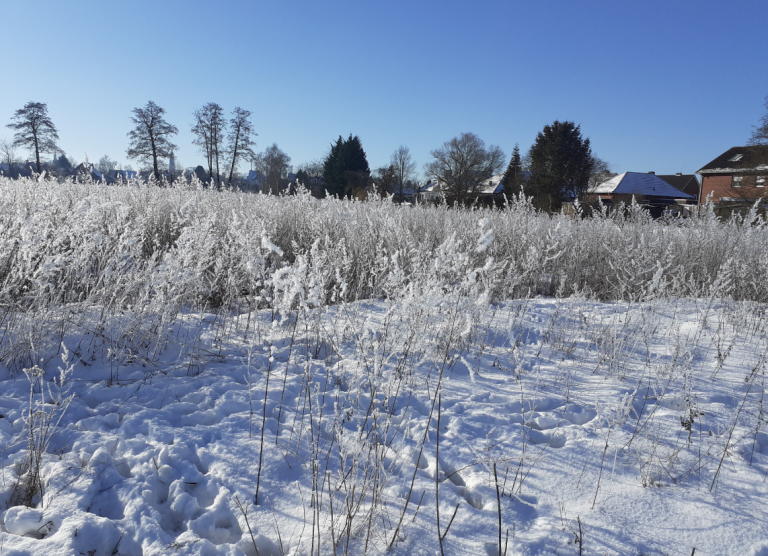
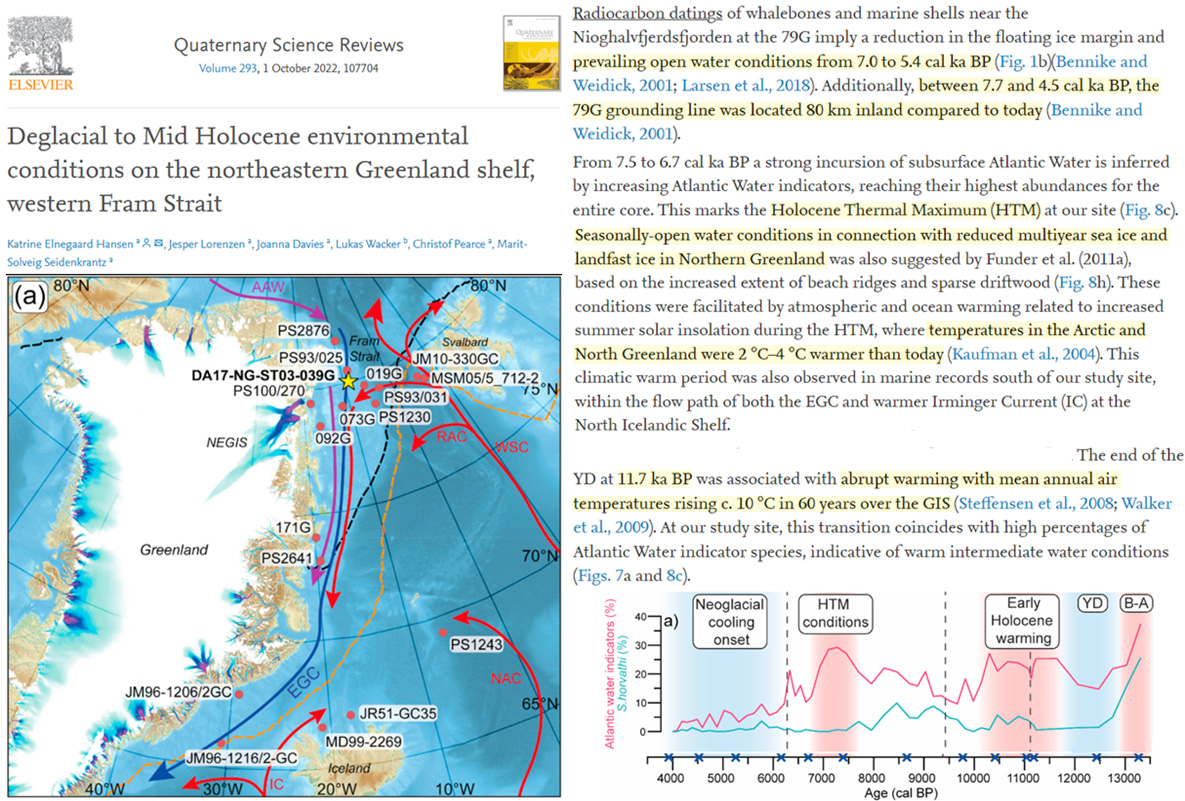
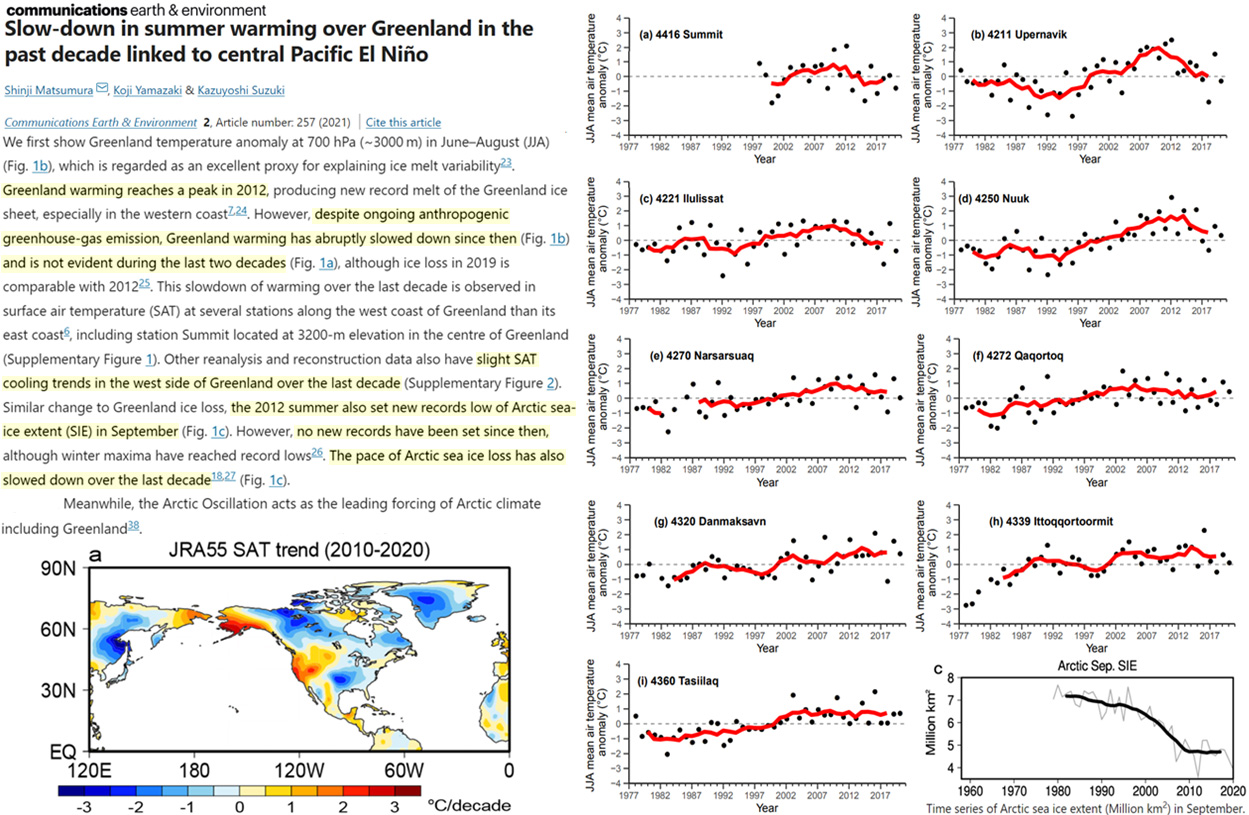
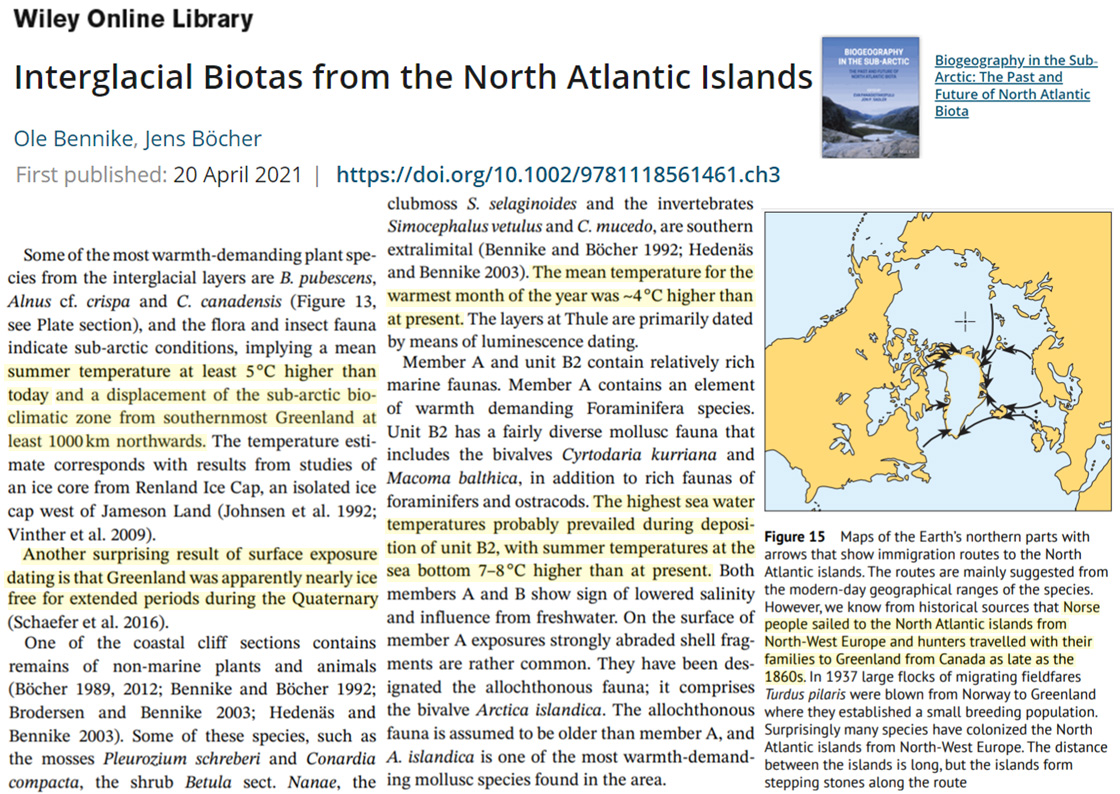

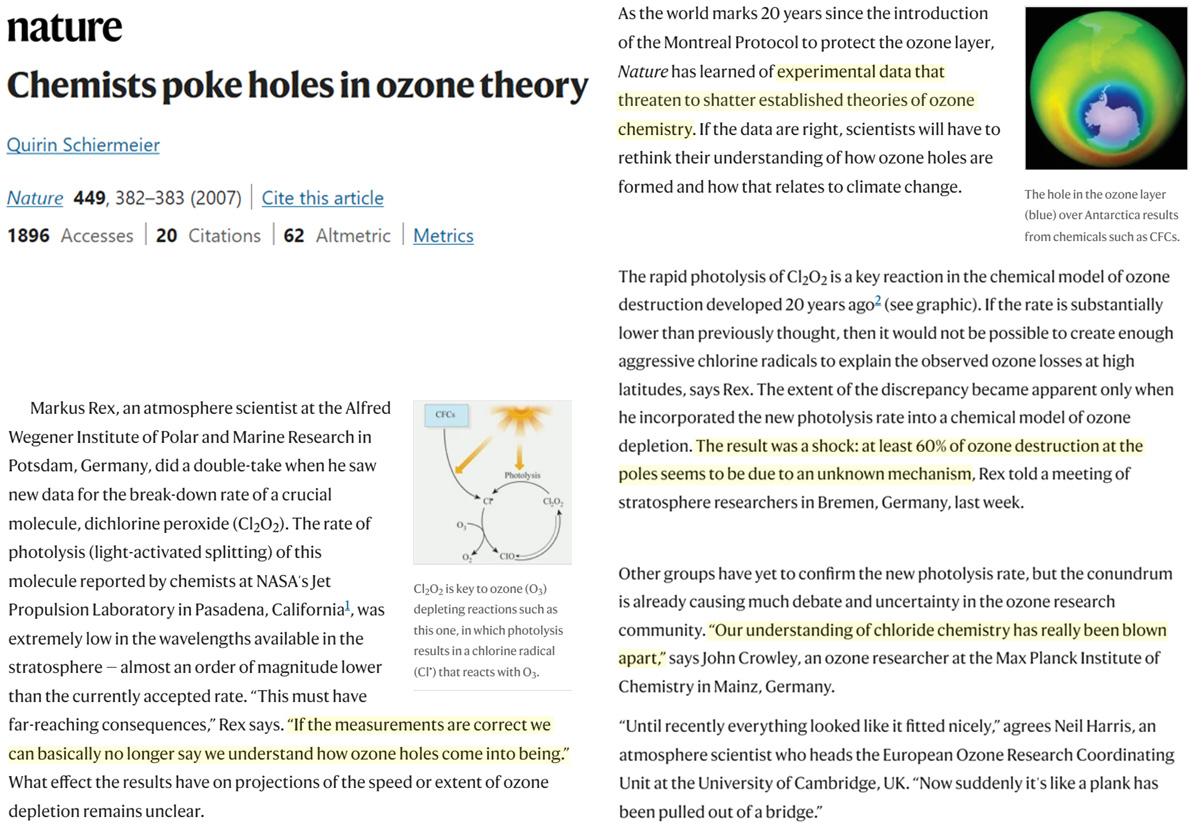
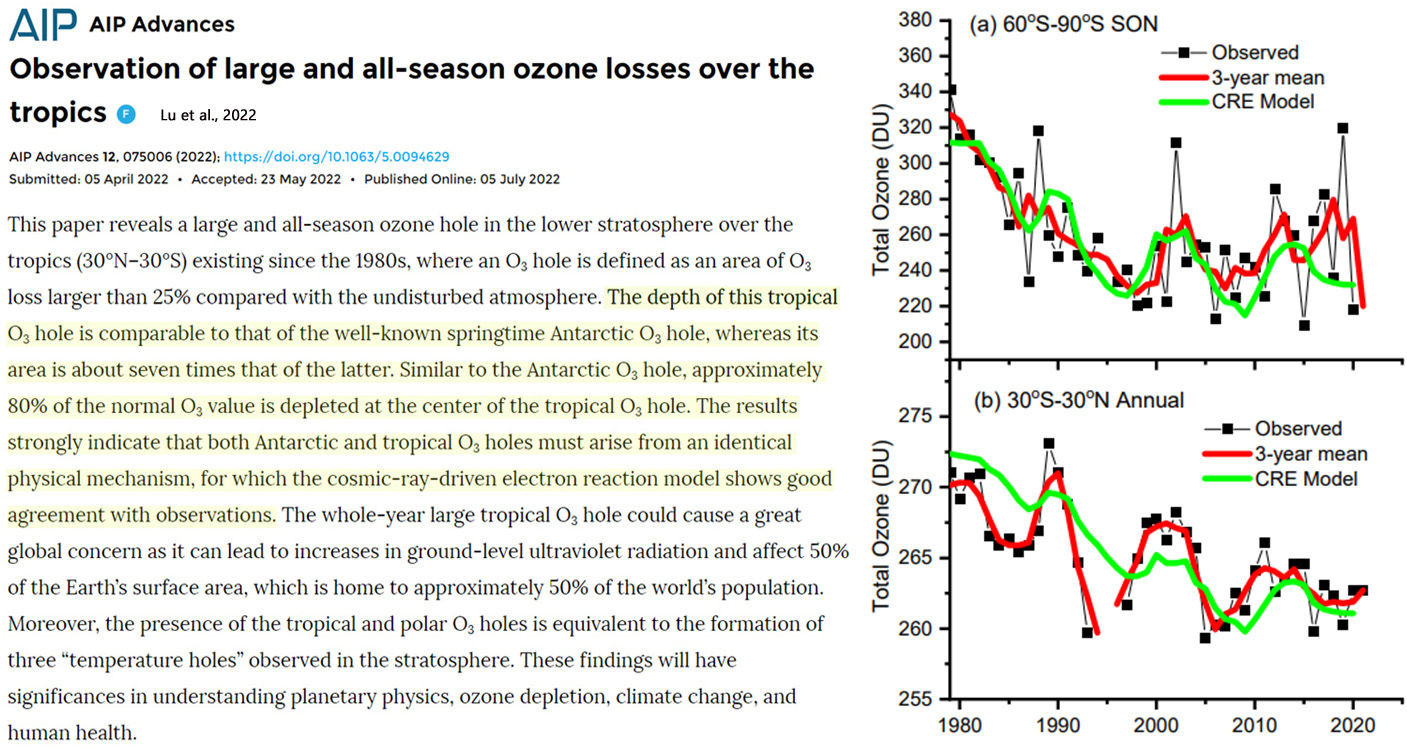
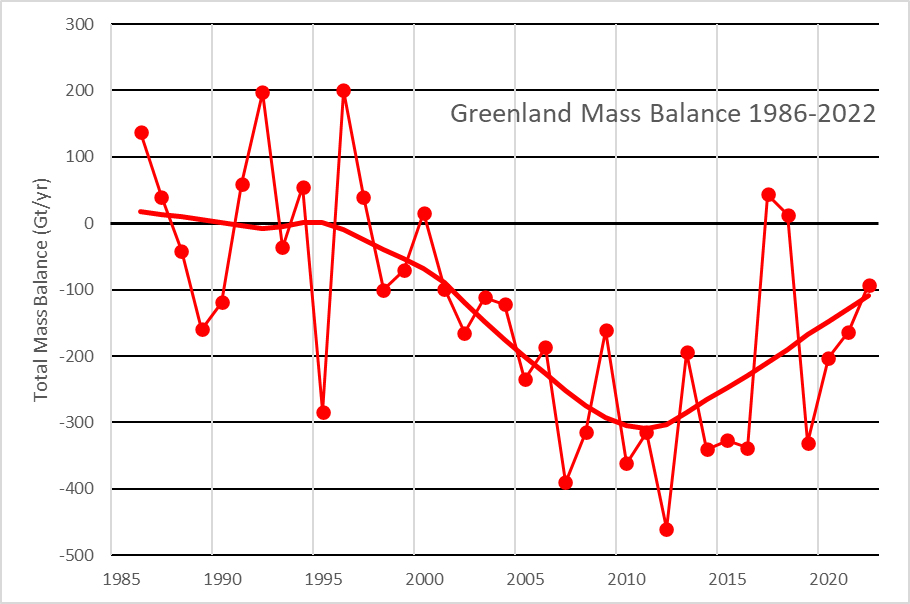

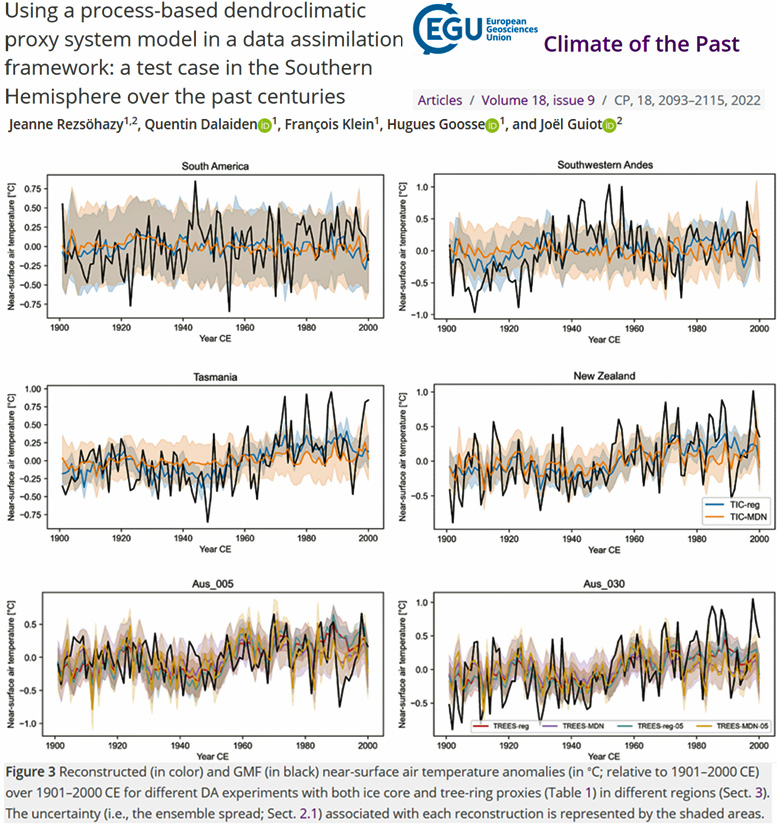
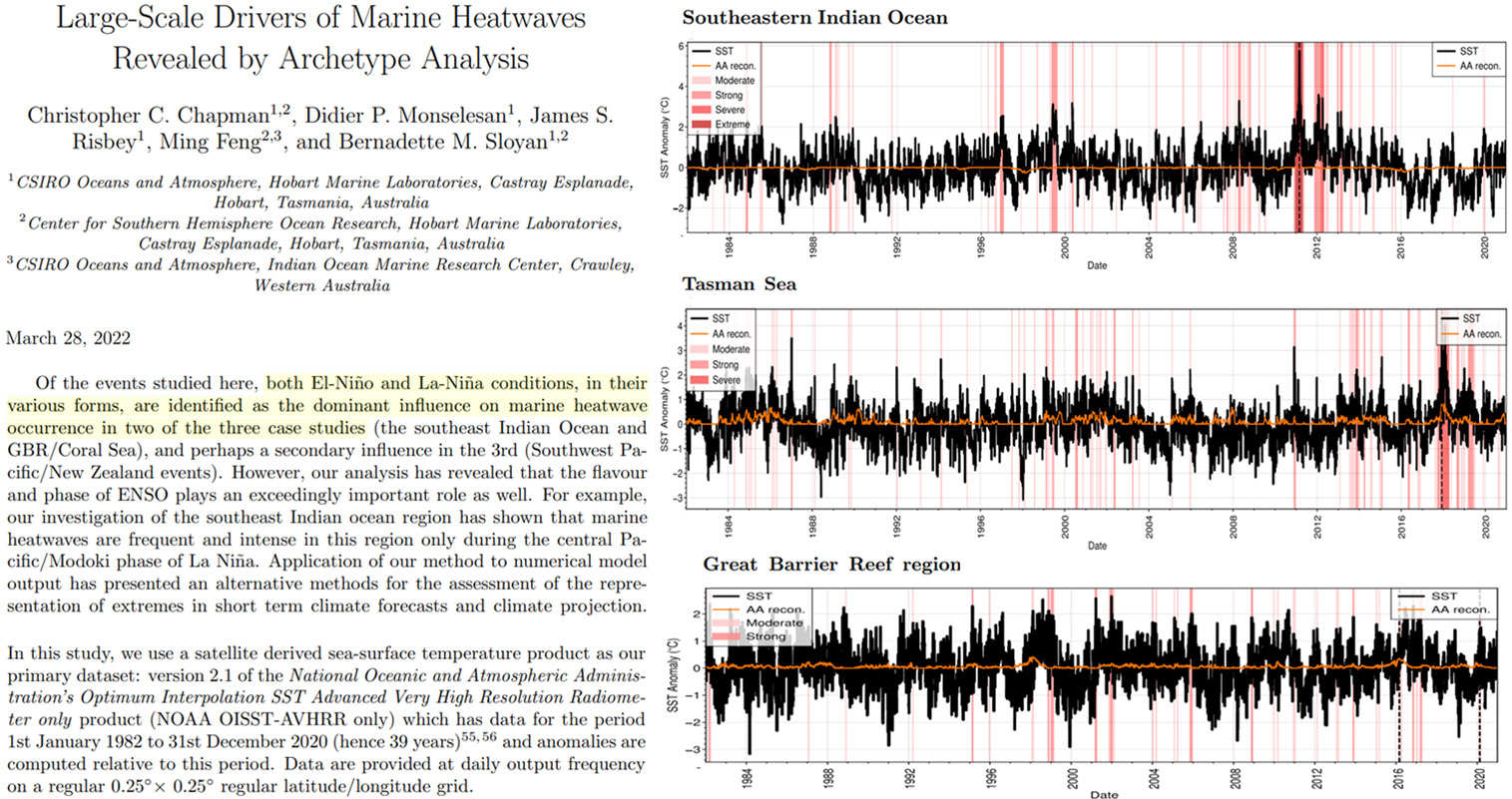

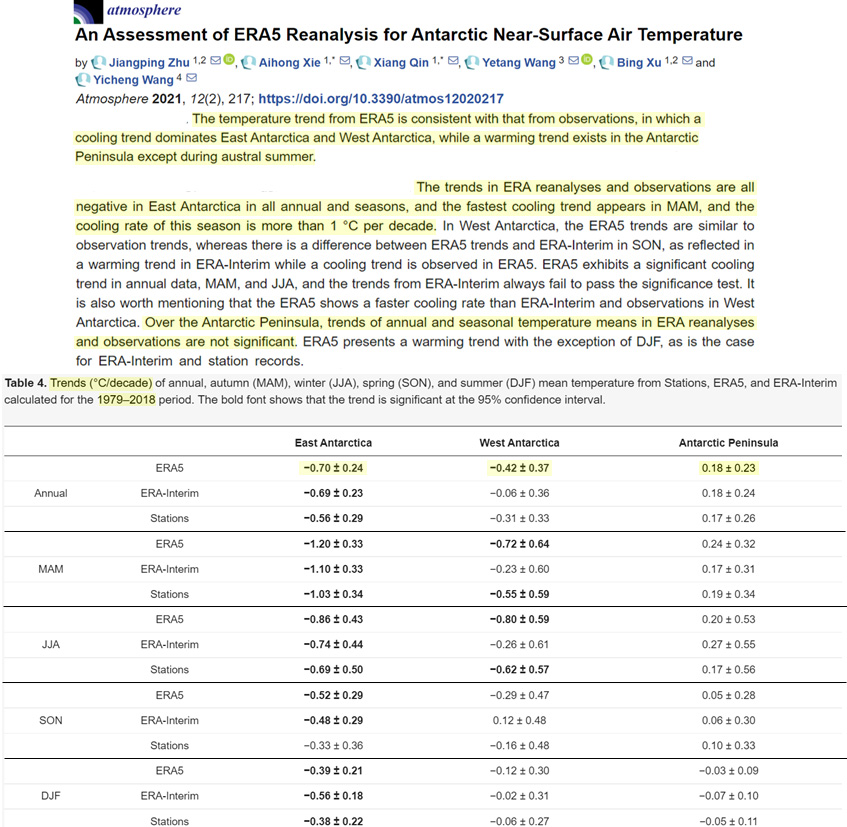
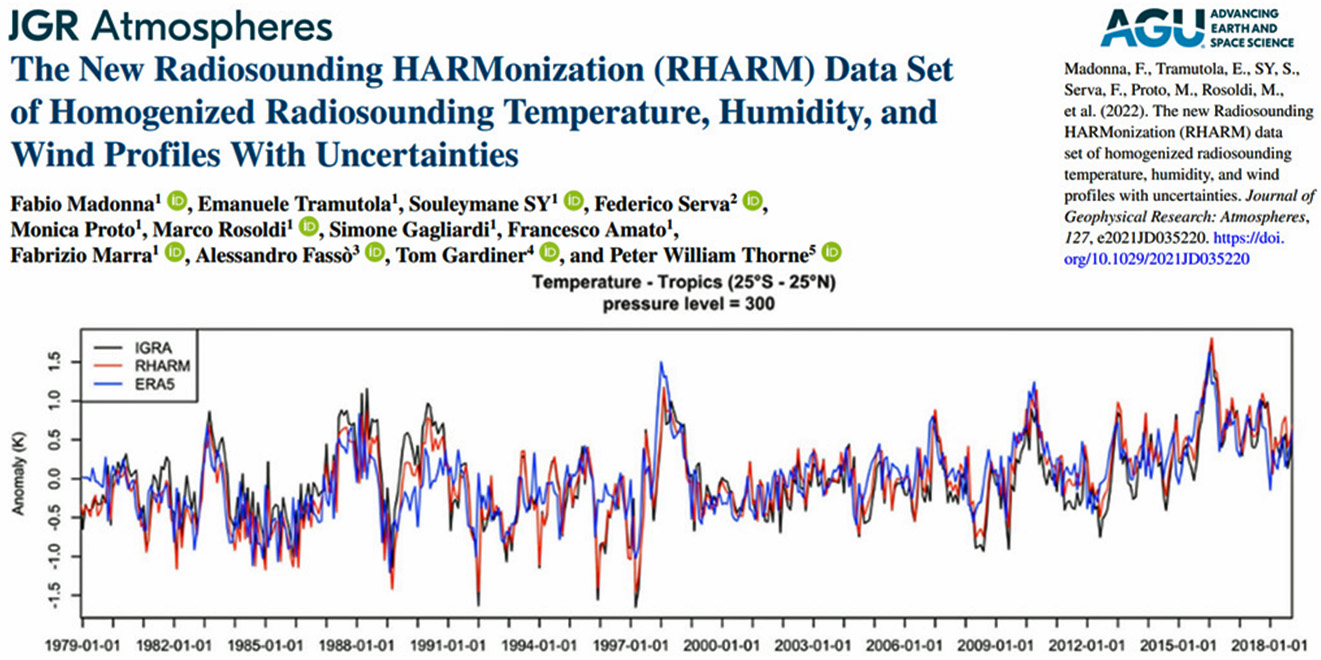
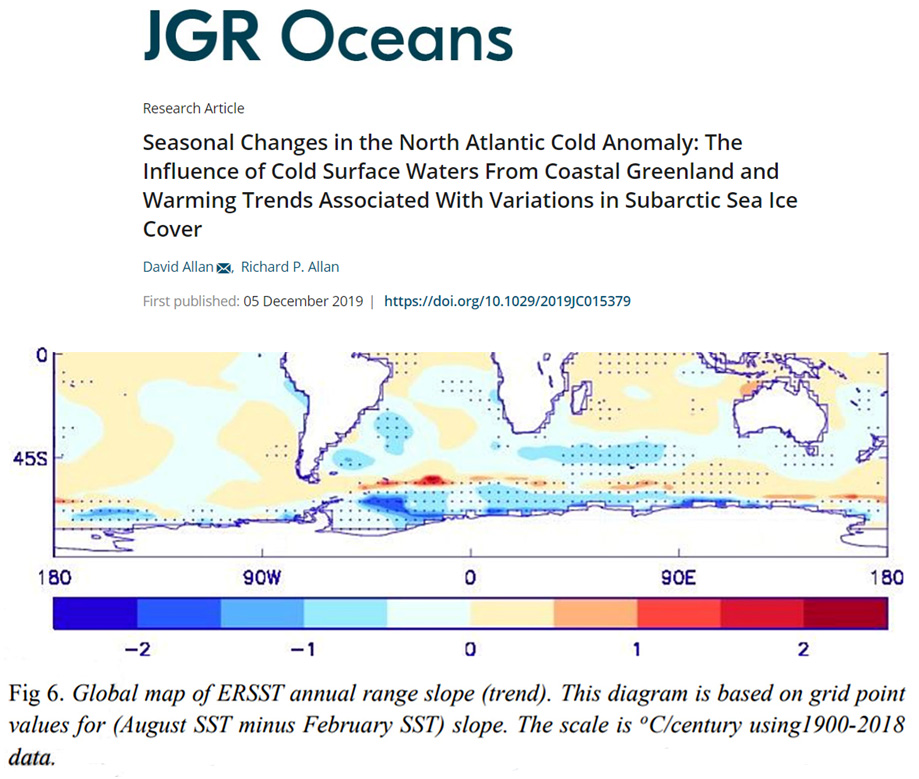

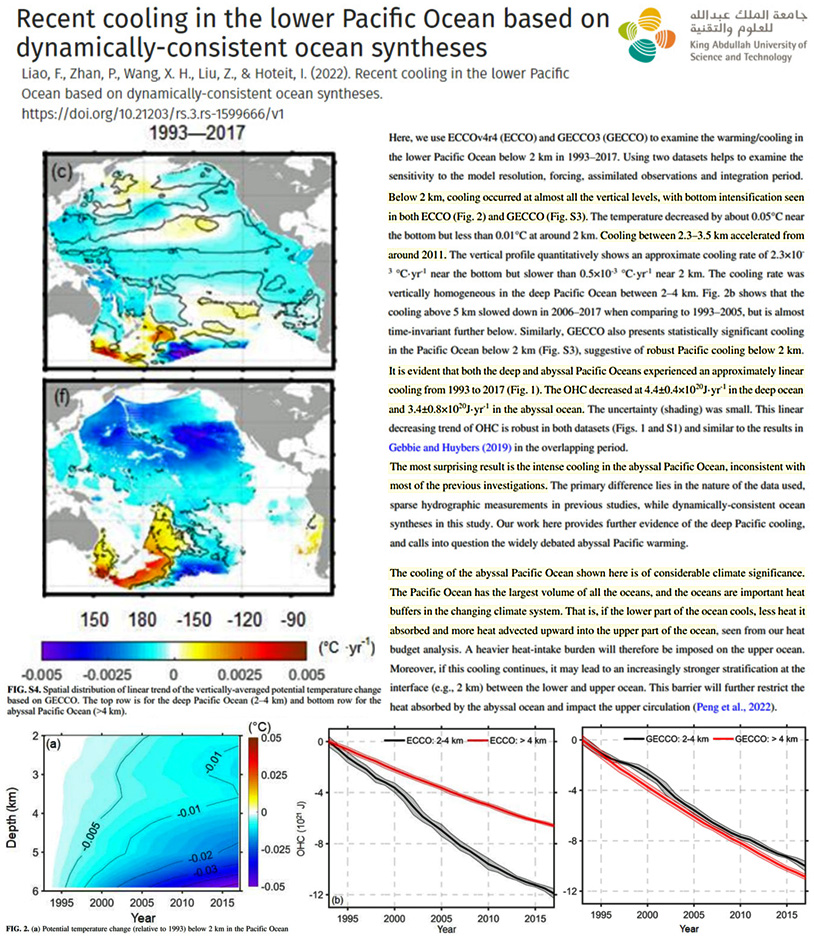
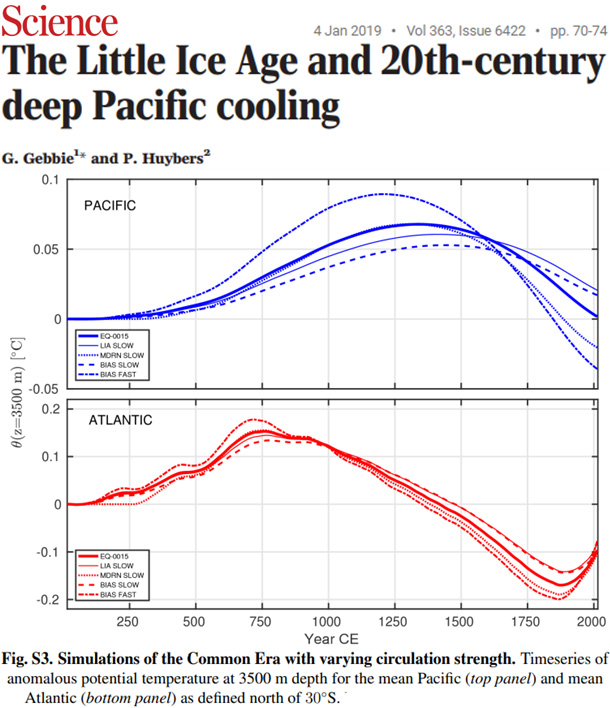





Recent Comments